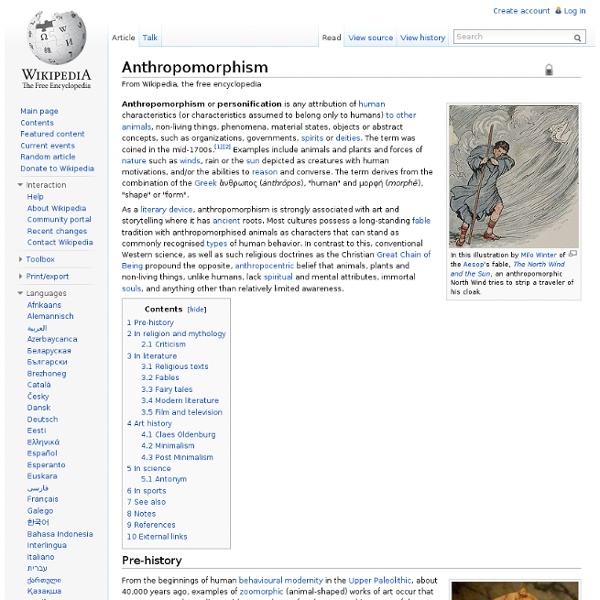Anthropomorphism

Uncanny valley
Hypothesis that human replicas elicit revulsion The uncanny valley (Japanese: 不気味の谷, Hepburn: bukimi no tani) effect is a hypothesized psychological and aesthetic relation between an object's degree of resemblance to a human being and the emotional response to the object. Examples of the phenomenon exist among robotics, 3D computer animations and lifelike dolls. Etymology[edit] Hypothesis[edit] Mori's original hypothesis states that as the appearance of a robot is made more human, some observers' emotional response to the robot becomes increasingly positive and empathetic, until it becomes almost human, at which point the response quickly becomes strong revulsion. This interval of repulsive response aroused by a robot with appearance and motion between a "somewhat human" and "fully human" entity is the uncanny valley effect. Theoretical basis[edit] A number of theories have been proposed to explain the cognitive mechanism causing the phenomenon: Research[edit] Design principles[edit]
Related:
Related:



